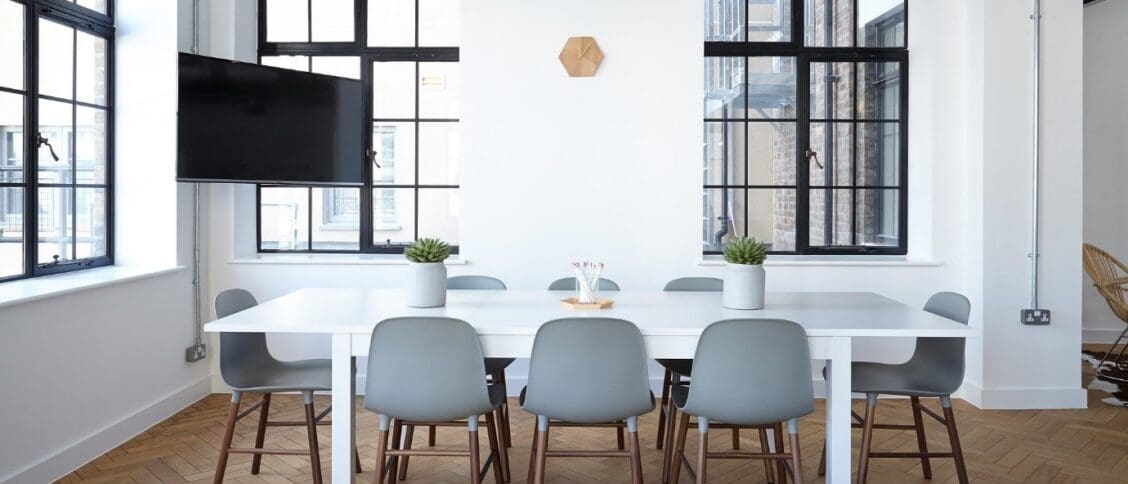Have you noticed that some of the collaborative projects that you’ve tasked your team with aren’t providing the results you anticipated? Perhaps your physical office space could be hindering collaboration without you realising it.
Knowing the physical pitfalls of poor collaborative working not only allows you to see why your projects aren’t performing as well as you’d hoped, but also give you a few ideas on how your layout can be transformed to support your staff and encourage collaboration between teams, so read on to uncover a few of the warning signs that can be seriously hindering your efforts and what you can do to improve your office space.
Open-plan offices
Once heralded as the perfect office layout to maximise productivity, the lack of privacy and quiet offered by open plan spaces might hold the key to why your collaborations aren’t succeeding.
Many employees find this type of office space noisy and distracting and require a quiet space for problem-solving or sharing ideas with others. The short version? Your open plan office might not be the wonderful environment for collaboration you thought it was.
Remote working
Some teams tasked with projects might not even work in the same country, never mind the same office! This method of working is becoming more and more common, meaning you’ll need to have the right individual workspaces and tools for remote workgroups to get the best out of your employees.
Workstations with a higher degree of privacy and soundproofing are ideal as you’ll need to provide them with a space where they can join in conference calls and meets via software such as Microsoft Teams and Zoom. Be sure that any areas you assign for remote collaborative working are free of noise and distraction as much as is possible.
Standing workspaces
Have you noticed that your collaborative teams are hanging around the water cooler or staff kitchen discussing their latest project? This shows that they need a space where they can gather together in an informal setting to talk about any successes or potential roadblocks they are currently facing.
Standing workstations are a great way of providing a casual space to get together for short periods that don’t take up much space. They can give your teams the opportunity to bring their documents and laptops without cluttering up the office kitchen, making them a cost-effective and easy way of fostering problem solving, discussion and brainstorming.
Temporary meeting spaces
If your boardroom is continually booked up with management meetings, you’ll often find workgroups crowded around small desks trying their best to hold a meeting of their own amongst the hustle and bustle of a busy working environment.
Having a meeting space that’s set aside especially for collaborating teams whenever they need somewhere to meet and share ideas doesn’t need to be expensive and can utilise partitions and a few spare desks. It may take a bit of reconfiguration and creative thinking but temporary meeting spaces are the perfect way to ensure your teams can meet in a semi-private space to focus on the task at hand and move closer to project milestones.
Discover more from Scott Dylan
Subscribe to get the latest posts sent to your email.






